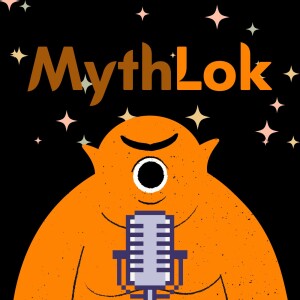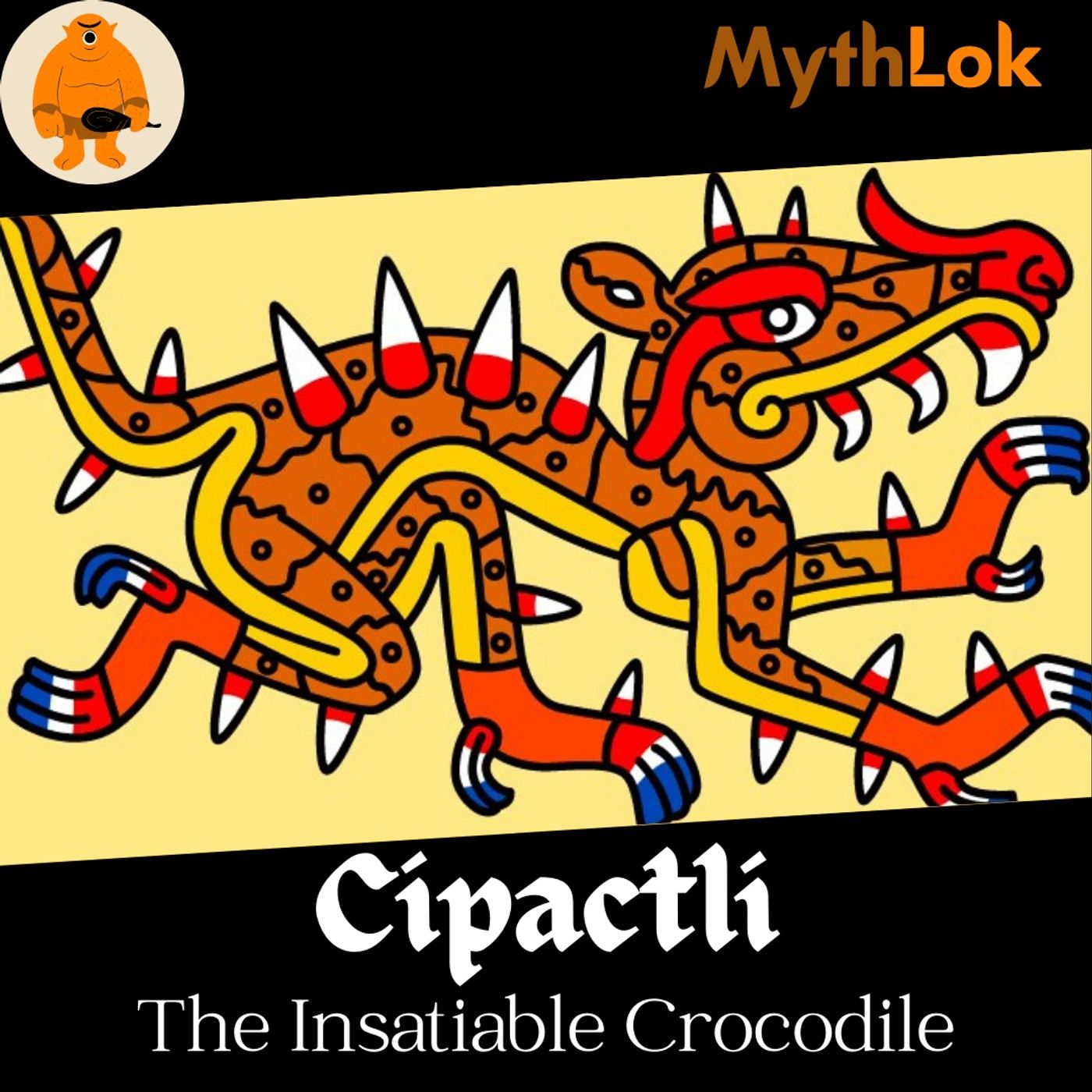
- Podcast Features
-
Monetization
-
Ads Marketplace
Join Ads Marketplace to earn through podcast sponsorships.
-
PodAds
Manage your ads with dynamic ad insertion capability.
-
Apple Podcasts Subscriptions Integration
Monetize with Apple Podcasts Subscriptions via Podbean.
-
Live Streaming
Earn rewards and recurring income from Fan Club membership.
-
Ads Marketplace
- Podbean App
-
Help and Support
-
Help Center
Get the answers and support you need.
-
Podbean Academy
Resources and guides to launch, grow, and monetize podcast.
-
Podbean Blog
Stay updated with the latest podcasting tips and trends.
-
What’s New
Check out our newest and recently released features!
-
Podcasting Smarter
Podcast interviews, best practices, and helpful tips.
-
Help Center
-
Popular Topics
-
How to Start a Podcast
The step-by-step guide to start your own podcast.
-
How to Start a Live Podcast
Create the best live podcast and engage your audience.
-
How to Monetize a Podcast
Tips on making the decision to monetize your podcast.
-
How to Promote Your Podcast
The best ways to get more eyes and ears on your podcast.
-
Podcast Advertising 101
Everything you need to know about podcast advertising.
-
Mobile Podcast Recording Guide
The ultimate guide to recording a podcast on your phone.
-
How to Use Group Recording
Steps to set up and use group recording in the Podbean app.
-
How to Start a Podcast
-
Podcasting
- Podcast Features
-
Monetization
-
Ads Marketplace
Join Ads Marketplace to earn through podcast sponsorships.
-
PodAds
Manage your ads with dynamic ad insertion capability.
-
Apple Podcasts Subscriptions Integration
Monetize with Apple Podcasts Subscriptions via Podbean.
-
Live Streaming
Earn rewards and recurring income from Fan Club membership.
-
Ads Marketplace
- Podbean App
- Advertisers
- Enterprise
- Pricing
-
Resources
-
Help and Support
-
Help Center
Get the answers and support you need.
-
Podbean Academy
Resources and guides to launch, grow, and monetize podcast.
-
Podbean Blog
Stay updated with the latest podcasting tips and trends.
-
What’s New
Check out our newest and recently released features!
-
Podcasting Smarter
Podcast interviews, best practices, and helpful tips.
-
Help Center
-
Popular Topics
-
How to Start a Podcast
The step-by-step guide to start your own podcast.
-
How to Start a Live Podcast
Create the best live podcast and engage your audience.
-
How to Monetize a Podcast
Tips on making the decision to monetize your podcast.
-
How to Promote Your Podcast
The best ways to get more eyes and ears on your podcast.
-
Podcast Advertising 101
Everything you need to know about podcast advertising.
-
Mobile Podcast Recording Guide
The ultimate guide to recording a podcast on your phone.
-
How to Use Group Recording
Steps to set up and use group recording in the Podbean app.
-
How to Start a Podcast
-
Help and Support
- Discover

Mythlok - The Home of Mythology
History

The Cipactli is also quite heavily featured in Mayan mythology and it is also considered to have heavily influenced the much later civilizations of the region.
Cipactli was a primeval sea monster, part crocodilian, part fish, and part toad or frog, with indefinite gender. Always hungry, every joint on its body was adorned with an extra mouth. The deity Tezcatlipoca sacrificed a foot when he used it as bait to draw the monster nearer. He and Quetzalcoatl created the earth from its body.
In the Maya tzolko’in, the name Cipactli translates to Imix. In the Popol Vuh, the earthquake demon Sipakna is named after Cipactli. In Migan, Cipactli is Quanai.
This animal had an insatiable hunger which threatened to devour ever creation on earth. The existence of multiple mouths also ensured that this consumption was at a rapid pace.
To counter the effects of this beast, the gods then decided to kill it and use its body as land. Tezcatlipoca lured the monster in and lost a foot to its insatiable appetite before the gods were able to defeat it. They pulled Cipactli’s body in four directions and freed the universe from its body.
Then Tezcatlipoca and Quetzalcoatl created the heavens and the Earth from the remains. The thirteen heavens were made from the head, its tail became the underworld and it’s midsection the Earth. Its four legs became the four rain gods, Tlāloc, Chalchiuhtlicue, Huixtocihuatl, and Chicomecōātl.
Despite this, Cipactli was still alive and the gods promised him/her regular blood sacrifices. When these sacrifices were disrupted, it is believed that the beast expressed his displeasure via earthquakes and volcanic eruptions.
Read about the Cipactli at https://mythlok.com/cipactli/
More Episodes
 2025-06-28
2025-06-28
 2025-06-14
2025-06-14
 2025-05-31
2025-05-31
 2025-02-15
2025-02-15
Create your
podcast in
minutes
- Full-featured podcast site
- Unlimited storage and bandwidth
- Comprehensive podcast stats
- Distribute to Apple Podcasts, Spotify, and more
- Make money with your podcast
It is Free
- Privacy Policy
- Cookie Policy
- Terms of Use
- Consent Preferences
- Copyright © 2015-2025 Podbean.com



